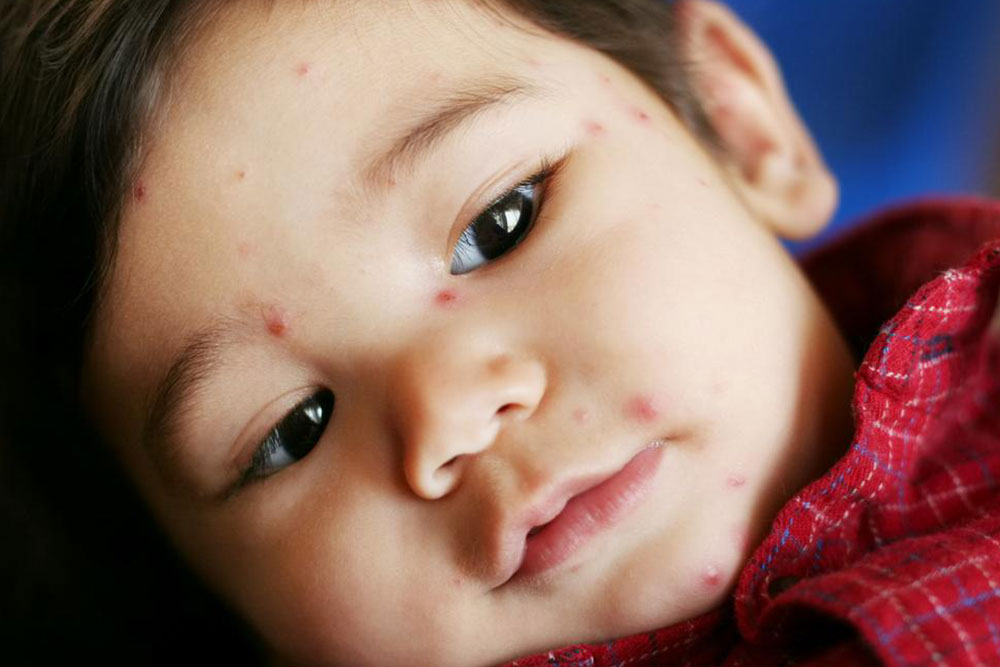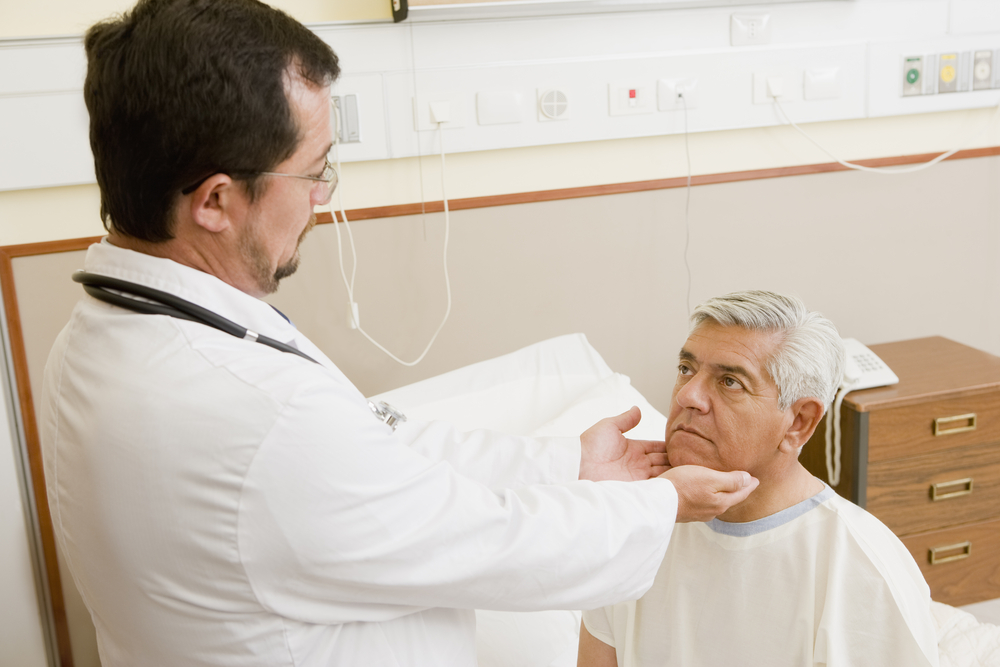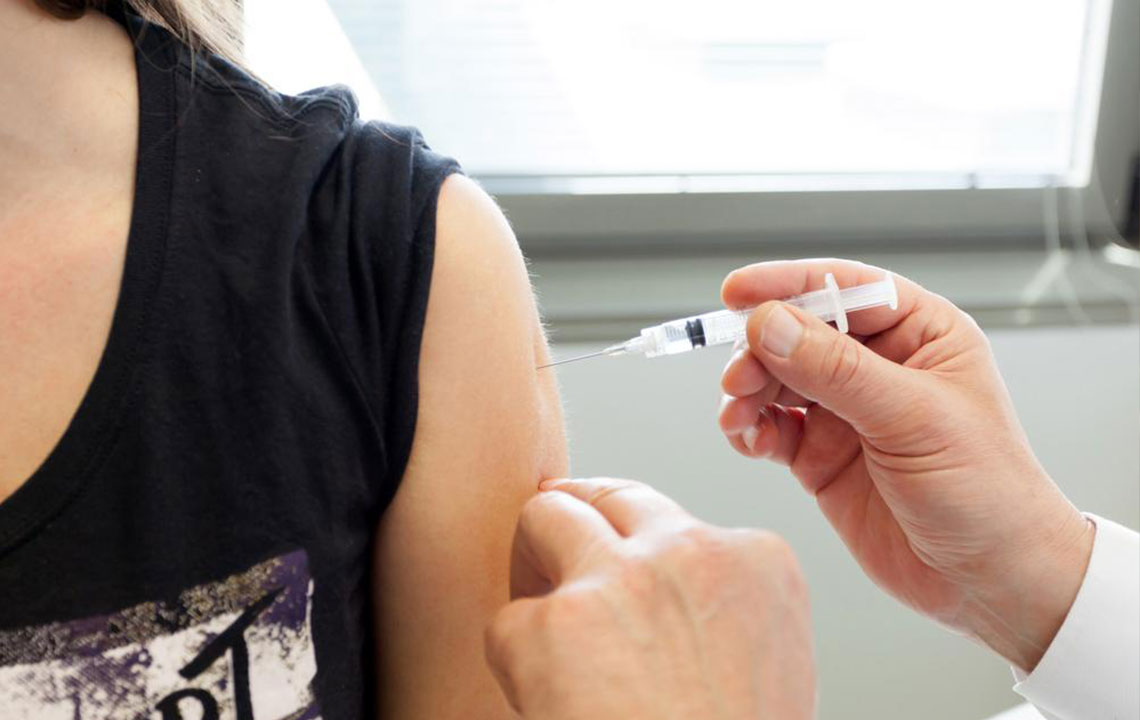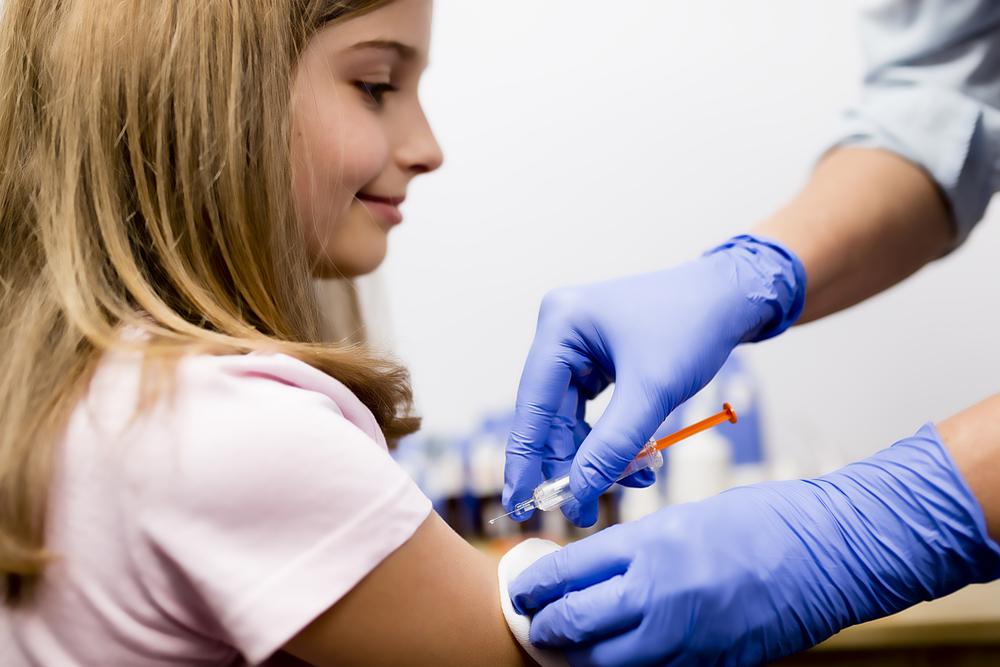Recognizing the Key Signs of Measles: 4 Symptoms to Watch For
Measles is a contagious viral disease with distinctive symptoms like rash, fever, and eye inflammation. Early recognition of symptoms such as rash, cough, and Kopik's spots can aid in prompt treatment. Vaccination remains the best defense. Understanding the stages of infection is crucial for effective intervention and prevention of complications. This article highlights key signs of measles, emphasizing the importance of immunity and early diagnosis for quick recovery and avoiding severe health issues.
Sponsored

Measles, caused by the rubeola virus, is a highly contagious respiratory illness that predominantly affects children, though adults can also contract it. Those with vitamin deficiencies are more susceptible. The virus resides in mucus from the throat and nose, initially infecting the throat, lymphatic system, and lungs before spreading to the eyes, urinary tract, nervous system, and blood vessels. A hallmark symptom is the appearance of rash, usually emerging soon after infection. Fortunately, measles is treatable, and recovery depends on immune health. Complications can include ear infections, bronchitis, diarrhea, low platelets, pneumonia, and, rarely, encephalitis. Vaccination is an effective preventive measure.
The incubation period ranges from 7 to 14 days, with symptoms developing in stages:
Incubation Stage: No symptoms occur during the first two weeks as the virus multiplies in the back of the throat and nose.
Post-incubation Symptoms: After two weeks, signs like fever, dry cough, conjunctivitis (pink eyes), sore throat, and runny nose appear, lasting 2-3 days.
Rash and Fever: Red spots and bumps emerge on the face, around the hairline, and behind the ears, spreading to the arms, trunk, thighs, and legs over several days. Fever may spike as high as 104-105.8°F accompanying the rash.
Additional Symptoms: Swollen eyelids, sensitivity to light, sneezing, body aches, and Kopik’s spots—small grey-white spots with bluish centers inside the mouth and throat—may also be present.
These symptoms help in early detection and management of measles, emphasizing the importance of vaccination for prevention.





